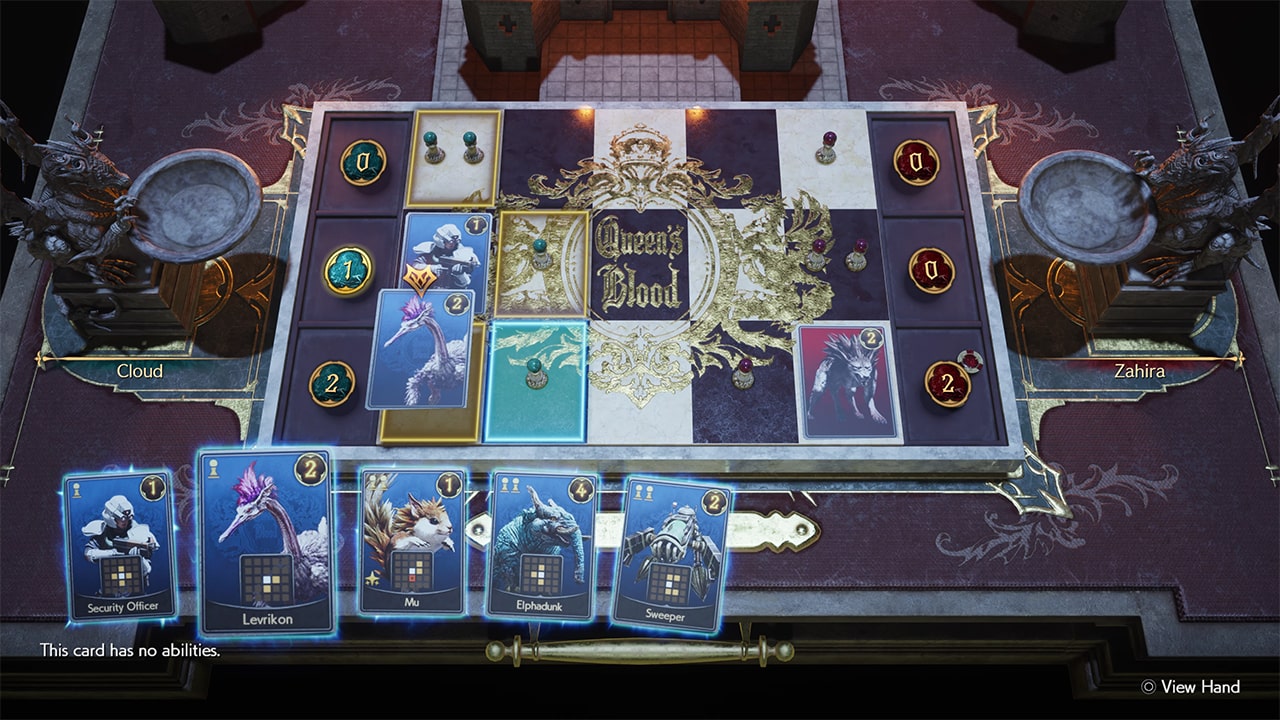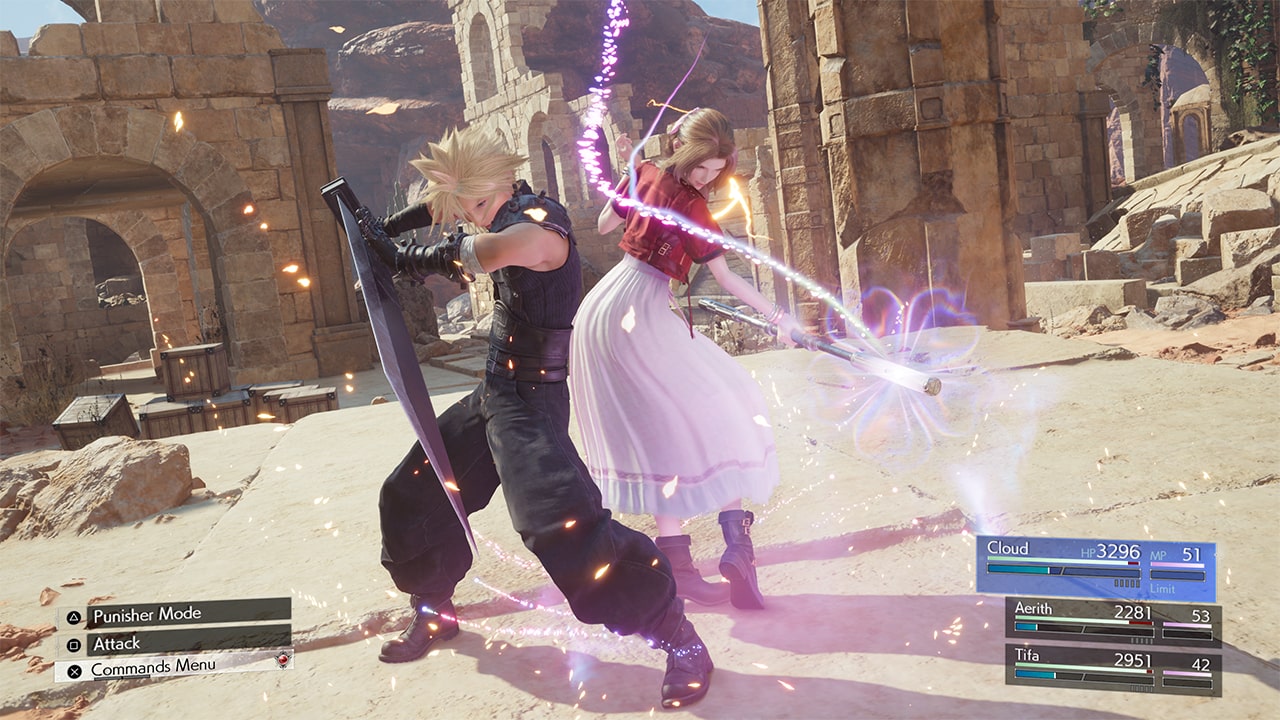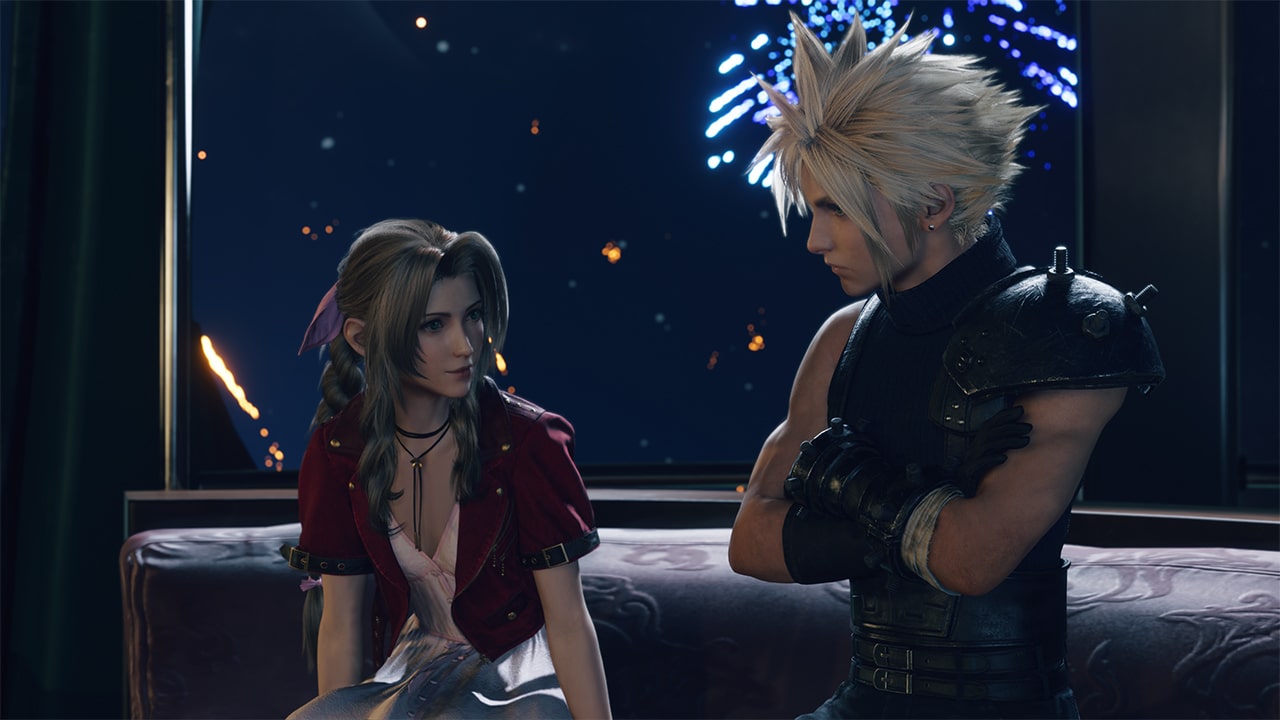Final Fantasy VII Rebirth Final Preview
Courtesy of Square Enix, I’ve gone hands-on with Final Fantasy VII Rebirth for nearly five hours. It felt closer to two hours because I loved every moment I spent with it. What Square Enix, Creative Business Unit 1 have seemingly achieved is the goal of nearly every sequel: More of what you love, but bigger and better.
In anticipation of Rebirth, I’m replaying Final Fantasy VII Remake Intergrade. It’s reminding me that this remake saga is a labor of passion. Not only is the game directed by a fan of the original, Naoki Hamaguchi, but the dev team is comprised of people who were involved with the original, including the director of the original, Yoshinori Kitase, who is producing Rebirth.
I’m honest; I haven’t played the original Final Fantasy VII, but I have thoroughly done my due diligence in researching and understanding the story and its cast of characters. Rest assured, I will be playing it in the future.
A faithful adaptation, including reimagined ideas with a few surprises, is how I love to see beloved narratives treated in remade games. Square began that in Remake and is continuing it in Rebirth.
Deceptive Memories
My hands-on began with an extensive flashback sequence to Cloud and Sephiroth’s investigative visit to Nibelheim. That alone has me appreciating that the Final Fantasy VII Remake saga has three games’ worth of room to breathe. For the sake of preserving the narrative for both fans of the original and newcomers alike, I’m sharing little. Between exploring the town, meeting the locals, scaling Mt Nibel, and the following core events, I’m confident fans will be delighted and surprised by what they experience.
Narratively, that continues into the village of Kalm, where Cloud and his party of rebels are laying low after the climactic conclusion of Remake. Cloud recounts his experience in Nibelheim with Sephiroth, leading Tifa to question the tall tale. Fans of the original may know what I’m getting at, but there’s an added layer of drama to this scenario in Remake that I won’t spoil.
That beat introduced the first of multiple new game mechanics present in Rebirth. As I’m unleashed to explore Kalm, I’m encouraged to spend time with my party members to boost morale and improve relationships. An emote is displayed above each party member during free-roaming sections, indicating their status. As you engage in side activities with them, your bonds are affected. Depending on their status, portions of the story will be altered.

Deal ‘Em Up
While hanging out with party members, I discovered Queen’s Blood, the new card game. Honestly, I’ve never been able to get into card games within games like Gwent in The Witcher 3.
Mechanically, Queen’s Blood functions well. It’s relatively easy to understand but seemingly challenging to master. I won’t bore you with the tedious details, but the presentation is lovely and features a bangin’ jazz-influenced soundtrack. Defeating opponents grants you new cards for your deck and other unique rewards. You’re free to customize your deck over time, and the ruleset seems to provide an enjoyable level of depth.
Later, my date with Aerith was rudely interrupted by Shinra officers, thrusting the party into the vast grasslands beyond Kalm. You get your Skyrim/Fallout walkout moment, and it’s beautiful between the presentation, music, and party banter.
Into the Great Beyond
It’s no secret that Final Fantasy VII Rebirth features an open world, a vast expansion to Remake’s more linear structure. The Remake saga is fully realizing the original game’s grand vision. What the team achieved in 1997 is impressive to this day. Experiencing it in its modern glory is borderline surreal. I imagine it’s emotional for die-hard fans.
After self-reflection, I’ve realized I’ve completed only a few open-world games in the last few years. I’ve learned that I’ve completed the ones including the most purpose. I love that Rebirth is designed with purpose at the forefront. Everything you engage in has meaning.
Completing odd jobs with party members and locals improves bonds and offers rare rewards. Altering your party lineup between battles affects your abilities. Activating Remnawave towers worldwide for your boy, Chadley leads to developing more powerful Materia and reveals points of interest. Conquering all the objectives during fiend battles grants better rewards, including more AP and EXP. Wrangling and kitting new Chocobo adds abilities like scaling walls, swimming, and flying. Raw materials collected can be crafted into usable items.
Not to mention the plethora of mini-games across the world that not only look fun but will likely grant satisfying rewards between the ridiculous and practical. Between my hands-on time recently and back in October of 2023, I’ve yet to experience several mini-games apart from Queen’s Blood and Chocobo races. There is an impressive music-related mechanic, not unlike the guitar in The Last of Us Part II, that I’ll let you discover for yourself.
Killer Combat
Final Fantasy is and will likely always be heavily focused on combat. I love the ATB system and fluidity of combat that began in Remake. It’s flashier and more impressive in Rebirth between animations and abilities. Determining your skill path affects your party members’ abilities, notably the new powerful Synergy Attacks.
I’ve played enough to know that you aren’t punished for experimentation. You can reset your skills anytime and alter your party lineup between battles. You’re also able to create three preset lineups for easier access.
It’s likely Square has thought of everything in maximizing the fun factor of the moment-to-moment experience. It helps that I adore these characters, and I can’t wait to be introduced to the remaining cast. Whether we’re wrangling a Chocobo, picking flowers, slaying a massive beast, or simply exploring, hanging out with them is a blast.

Unlock the World
During both hands-on sessions, I’ve had a lot of fun exploring the Grasslands and a slice of Junon. As you progress through the game, portions of the map are unlocked, eventually leading to a seamless open world. You can fast travel anywhere between main destinations, towers, and rest stops you’ve repaired. That’s a wonderful quality-of-life feature, but it may not be taken advantage of during initial playthroughs often. There’s a ton to experience as you explore. I’m stoked to discover all that Gaia has to offer.
During my hands-on, I encountered a few minor concerns. Similar to Remake, not all the animations and textures are equal in Rebirth. Fortunately, all of the major characters and locations look outstanding. However, some side characters and locales haven’t received as much love.
I’ve played multiple hours in quality mode as well as performance mode. Both modes feature stable frame rates targeted at 30 and 60, respectively. Quality mode looks pretty, with some cutscenes looking gorgeous. Unfortunately, the presentation takes a notable dip in resolution in performance mode. It makes sense, given Rebirth’s scale compared to Remake; it’s just a slight bummer.
There are also frequent texture pop-ins everywhere. It doesn’t hinder gameplay, but it’s distracting. I’d like to think it’ll be cleaned up before launch, but I had the same hope for Star Wars Jedi: Survivor, and we saw how that played out. What’s important is that the fun isn’t inhibited in either mode. While I prefer higher frame rates, I can bear 30 fps when locked and optimized.

Mark Your Calendar for Feb. 29
There’s a lot to look forward to. The gameplay is vastly expanded with satisfying progression. Director Naoki Hamaguchi claims the narrative is faithful to the original but doesn’t discount the potential for a few surprises. Many questions are in the air following Remake, and I’m looking forward to having some answered in Rebirth. At this point, I’ve played enough to recognize that this Remake saga couldn’t be in better hands. Final Fantasy VII Rebirth launches on February 29th, 2024.
***Travel, hotel, and access to preview event provided by Square Enix***

